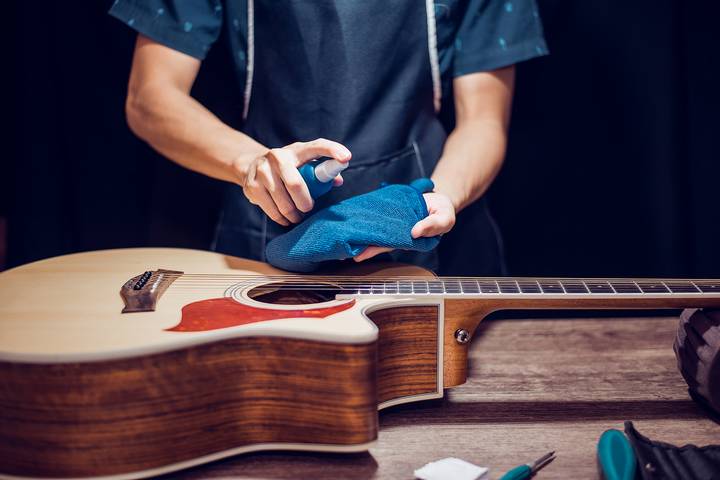Nitrocellulose lacquer has been a dominant solvent finish worldwide, often used on various items, especially guitars. The finishing agent is made of nitrocellulose alongside other reasons added to lacquer thinner solvent. Generally, this agent improves the durability and flexibility of a guitar but may not be so effective if misused.
Arriving at that exceptional look you’ve been dying for on your guitar needs high concentration with the nitrocellulose lacquer application. Hopefully, you’ve understood the best tips for using the lacquer like a professional. Again, you can always consult the experts for guidance and more excellent results.
Hence, below are some tips for using nitrocellulose lacquer on guitars.
Tip #1: Prepare the Guitar
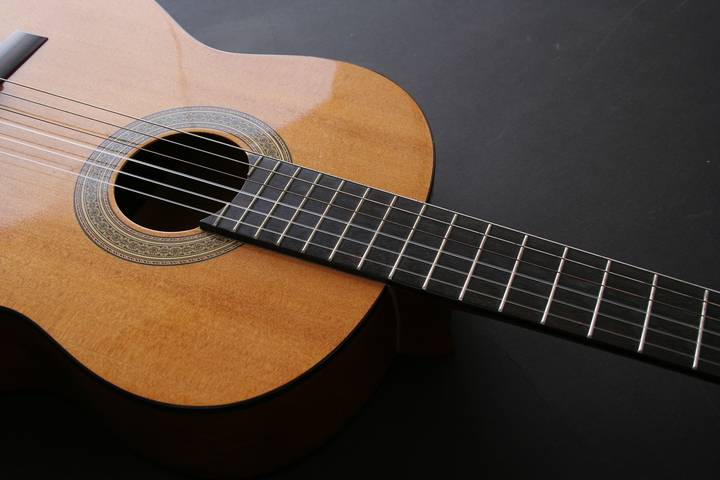
To ensure smooth application and an extended lifespan, preparation remains vital when applying nitrocellulose lacquer on a guitar. The preparation process involves clearing roughness and bumps on the surfaces.
You can do this with sandpaper, which scrubs the surfaces, leaving them smooth and ready for application. Experts recommend 30 to 45 minutes of scrubbing, but the goal is to achieve a smooth surface.
Tip #2: Adhere to the Manufacturer’s Guide

Another critical tip of using nitrocellulose lacquer on guitars is adhering to the manufacturer’s guide. The solvent comes with instructions clearly stating how it should be used or mixed for customized applications.
If you’re unsure of the guide, you can always engage the supplier physically during purchase or via phone. Following these instructions ensures nothing less than impressive results on your guitar. You can also hire a professional for the job, and they’ll deliver the best.
Tip #3: Trial and Error!
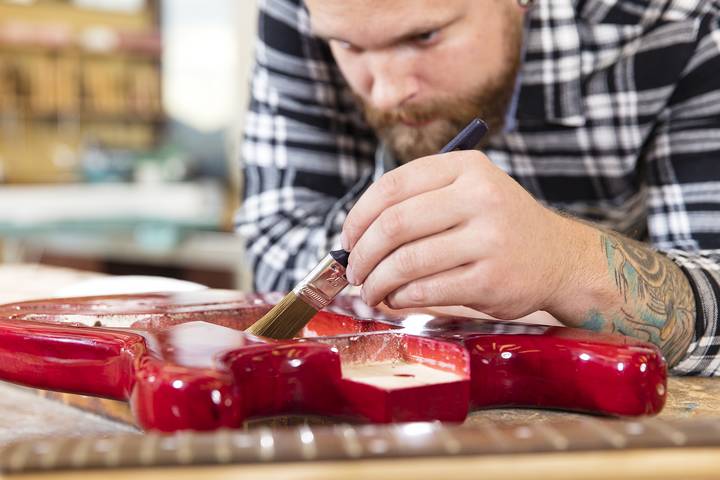
If it is your first time using nitrocellulose lacquer on a guitar, or you want to be more sure of what you’re doing, you should try the agent first. Take a scrap wood, apply the nitrocellulose lacquer, and observe the results. You can know if that’s the appearance you want on your guitar by a simple look or feel.
A well-applied nitrocellulose lacquer should feel smooth and evenly levelled with seamless edges. The colour should also be consistent through the surfaces without drips or runs. After you’ve achieved the desired look on a scrap wood, you can proceed to put it down on your guitar more carefully.
Tip #4: Allow More Time to Dry
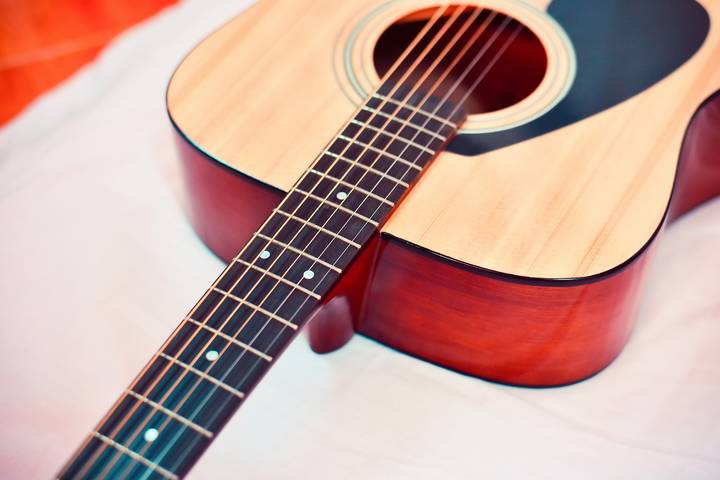
One thing that many do wrong when using nitrocellulose lacquer on a guitar is drying. The entire project may fail if you don’t let each coat dry well before applying the next. It would be best if you gave each coat enough time to dry before adding the next, and you can ascertain this by a slight touch on the edges.
However, 15 to 30 minutes would be okay for every coat, while the final project requires 12 to 24 hours untouched. The duration may vary depending on environmental conditions, temperature, and weather. It’s essential to practice adequate patience, regardless of the influencing factors.
Tip #5: Cover the Unwanted Areas

Not every part of the guitar should be lacquered. Therefore, you should cover the areas you want to leave untouched with plastic sheets, paper, or masking tape. These include the fretboard, frets, hardware (screws, scrap buttons, and tuning machines), electronic essentials, bridge and saddle, nuts, and inside the guitar’s body.
Applying nitrocellulose lacquer on these parts would deteriorate their functionality and lifespan. You can always refer to the manufacturer’s guide for the specific parts depending on your guitar’s model/brand.
Tip #6: Polish the Final Coat
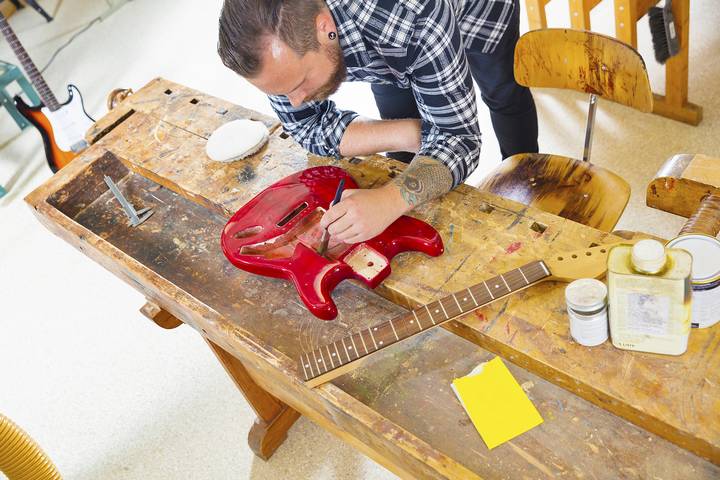
After you’ve applied the final coat and let it dry for a while, you should leave it for more days (approximately two weeks) before polishing. This step is undertaken to achieve a higher gloss but can be avoided if you are satisfied with the initial look.
If you decide to buff and polish, you should be very careful, as some mistakes at this stage would ruin the entire project. Fun abrasive compounds are recommended for buffing and polishing the final coat.
Tip #7: Remember to Wear Protective Gear
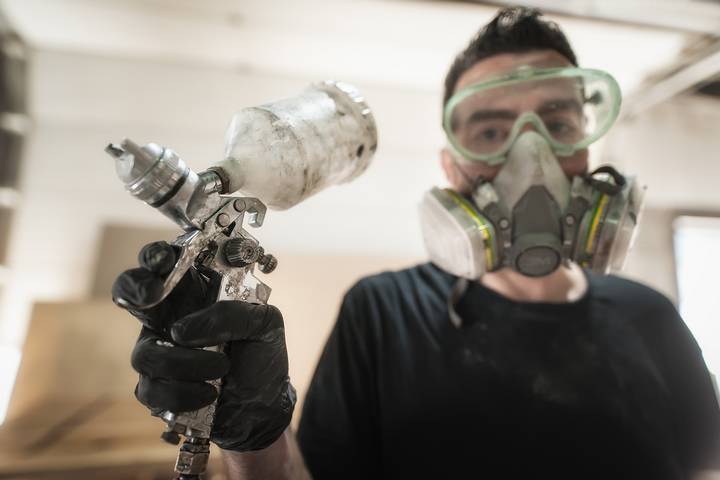
Safety should remain paramount when handling nitrocellulose lacquer, as this agent is relatively harmful. It produces toxic fumes when inhaled directly and in large quantities. You should wear a nitrocellulose lacquer-friendly mask or respirator during application.
Another protective gear relates to the clothing whereby you should wear an apron, long-sleeved shirts, and pants to deter the lacquer from coming into direct contact with your skin. Don’t forget a pair of goggles (glasses) to protect your eyes from unintentional splashes of the irritating lacquer. Most importantly, the application process should happen in a well-ventilated room with adequate air circulation.
Tip #8: Work Under a Rug or Cardboard
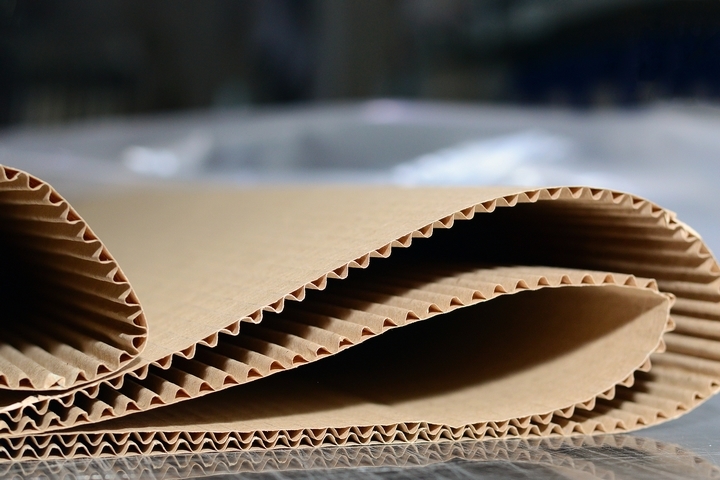
Applying nitrocellulose lacquer on a guitar often leaves the work area dirty from the splashes and smears. Working on an old rug or cardboard where the splashes will land and not on the floor is best.
Lacquer drops/splashes are easy to clean but worsen if left for a long time. You can save yourself from the hassle of scrubbing by working under a disposable cardboard or rug and ensuring the splashes don’t go beyond.

